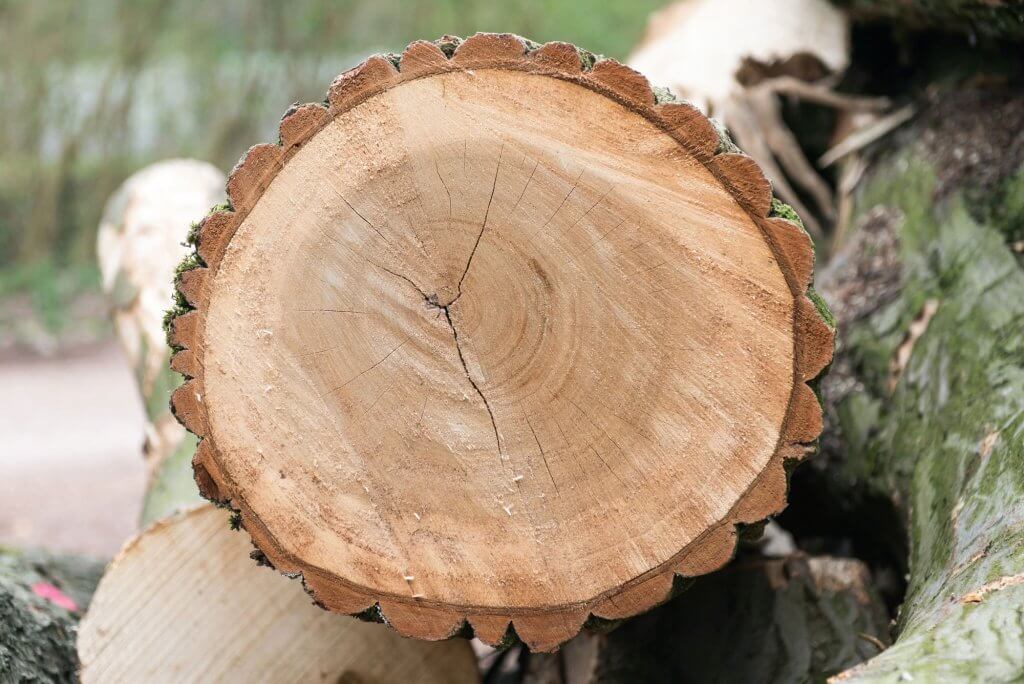Pretty much every period property will have experienced a woodworm attack at some point
in its life.
It can be a cause of much worry, but this is rarely as serious as you might fear, and
in fact very frequently prompts unnecessary, expensive and potentially harmful remedial work and treatment.
Unfortunately, this is regularly recommended by building surveyors who should, but often don’t, know better.
What is woodworm?
Woodworm is actually a wood boring insect: the Common Furniture beetle.
The damage an infestation causes is largely down to the larvae, which live in timber and use it
as a food source, boring extensive, very narrow tunnels. When the larvae have reached a sufficient size, they change into beetles, mate and lay eggs within the gallery of tunnels they’ve created.
They then chew their way out to go off in search of a new piece to colonise, leaving a distinctive flight hole (usually just a couple of millimetres in diameter) on the surface of the timber.
What they need to thrive
Wood boring beetles’ natural environment is the forest floor, where they feed on dead and decaying trees. They’re not adapted for life in buildings and can only survive indoors when conditions are particularly favourable for them.

The cut end of a log, showing the definition between the living sapwood (usually lighter) and the attack-resistant heartwood
Like most living organisms, woodworm need a number of essential factors to live. These are food, oxygen, water and a suitable host location. Timber in buildings provides that host location and there is plenty of oxygen about, but sustenance and water are more limited in a healthy house.
The larvae’s food source is the starch in the timber (the growing tree’s own food store). This starch is only present in the outer part of the tree, known as the sapwood.The structural timber frames historically found in buildings were primarily taken from the central core, known as the heartwood, which contains no starch – so the larvae cannot feed on it.
So most structural timber is immune from woodworm.
That said, the process of turning a round log into a square beam often leaves sapwood at the corners. Hence it is common to see the edges eaten off timbers in an old house – but this has no effect on its strength.
Timber that is severely compromised by woodworm attack is usually modern wood (which is often poorer quality, containing a higher proportion of sapwood) that has been incorporated into the building at a later date. This might include floorboards or rafters if it’s been re-roofed.
The post Dealing with Woodworm in Period Properties appeared first on Build It.
Article reference Dealing with Woodworm in Period Properties
No comments:
Post a Comment